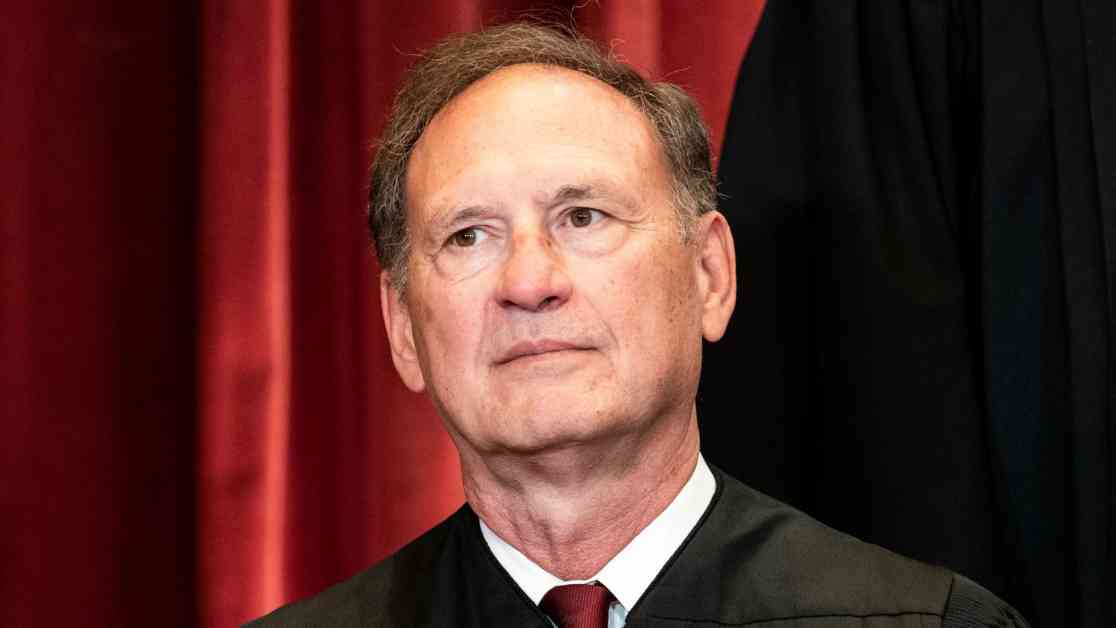Justice Alito recently made some candid remarks about the ideological battle between the left and the right, emphasizing the difficulty of living peacefully with those who have fundamental differences that cannot be compromised. He expressed agreement with the idea of fighting to bring the country back to a place of godliness. These comments were captured by a liberal filmmaker, Lauren Windsor, during a conversation at the Supreme Court Historical Society’s annual dinner. Alito’s unguarded statements reveal his position as a member of a hard-right judicial faction rather than a neutral umpire.
Windsor also engaged Chief Justice John Roberts in conversation at the same event, but Roberts took a different stance, highlighting that the current polarization in the nation is not unprecedented and that the court’s role is to decide cases, not dictate moral paths for the country. Roberts’ responses differed significantly from Alito’s more partisan views.
In addition to the ideological divide, Alito faced controversy over flags flown at his residences, one of which was associated with the “Stop the Steal” movement, and the other being the “Appeal to Heaven” flag, linked to Christian nationalists. These flags led to calls for Alito to recuse himself from certain cases, but he defended himself, attributing the flags to his wife’s preferences.
Windsor’s decision to record her conversations with the justices sheds light on the secretive nature of the Supreme Court and the lack of accountability in the face of ethical breaches. She aims to provide the public with insights into the court’s increasing power and its willingness to overturn precedents, especially in the context of growing Trumpism, election denial, and religious extremism.
Alito’s controversial remarks and actions, along with the broader context of the Supreme Court’s influence and relationships with right-wing activists, raise questions about the court’s impartiality and the extent of its authority. The ongoing debate over the leaked Dobbs decision and the motivations behind it further highlight the challenges and complexities surrounding the nation’s highest court.


